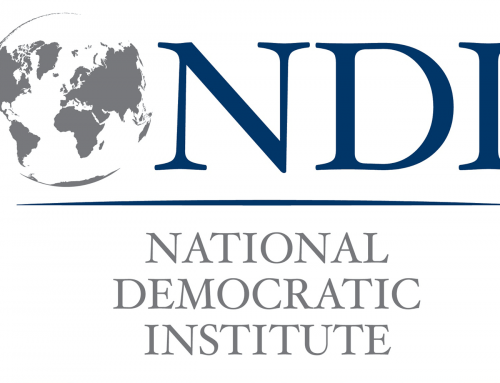TBILISI, DFWatch – Georgia’s foreign trade turnover increased by 15 percent compared to the same period last year. Germany moved from fifth to third place among the ten largest trade partners.
Georgian National Statistics Department, GeoStat, published this information based on common data of first two months of 2012. According to these data, Georgia’s foreign trade turnover in January-February was USD 1 346 million, from which export is USD 307 million and import USD 1 038 million.
Foreign trade turnover with EU countries was USD 384 million in the first two months of the year. It has increased by 30 percent compared to the same indicator the previous year. Export totaled USD 68 million, while import was USD 316 million. The share of these counties in Georgia’s foreign trade turnover totaled 29 percent.
Foreign trade turnover with CIS (Commonwealth of Independent States) countries in January-February was USD 419 million; export was USD 140 million, import USD 280 million. The share of these countries in Georgia’s foreign trade turnover was 31 per cent.
In the same period, the share of the ten largest trade partners in Georgia’s foreign trade turnover was 67 per cent. The largest partners are Turkey (USD 191 million), Azerbaijan (USD 161 million) and Germany (USD 102 million).
Cars still is in first place among commodity groups with 20 per cent of the total export, or USD 62 million. The largest import product is still oil and oil products with 11 per cent of all import, or USD 117 million. Cars are in second place with 10 per cent of import.
Ioseb Archvadze, Doctor of Economic Sciences, who works for Parliament’s Finance Budget Committee, says that the most important among these data is Germany’s place, because, he says ‘increasing trade turnover with Germany, which is one of the largest economies, is an indicator of a right economic tendency.’
“15 percent increase seems impressive at first glance; but considering that GDP has increased by 7 per cent the last year and also increase in prices, then it’s not so big indicator,’ he says, ‘Of course this is good and indicates the development of our economy. But on the other hand, this is the direct influence of the current processes of the world economy.”





Leave A Comment
You must be logged in to post a comment.